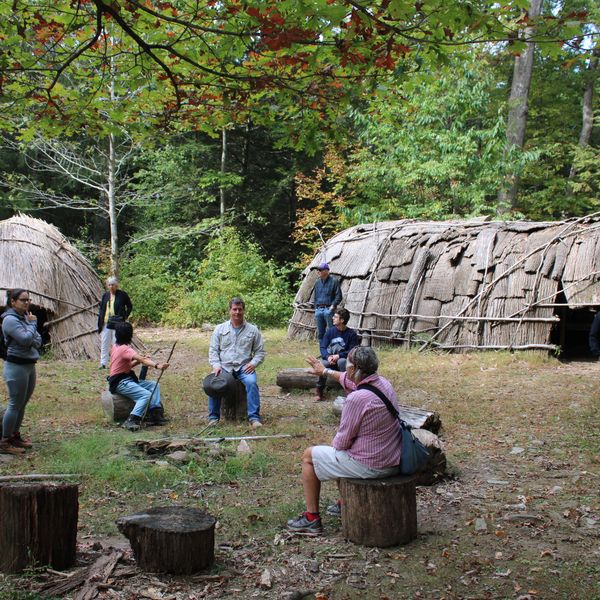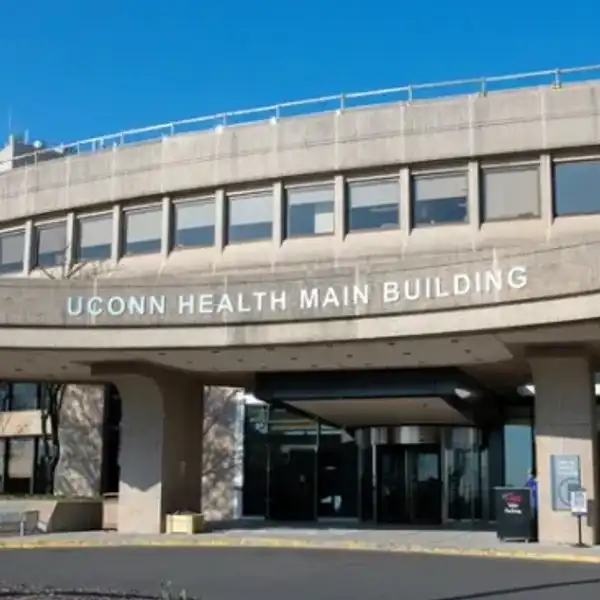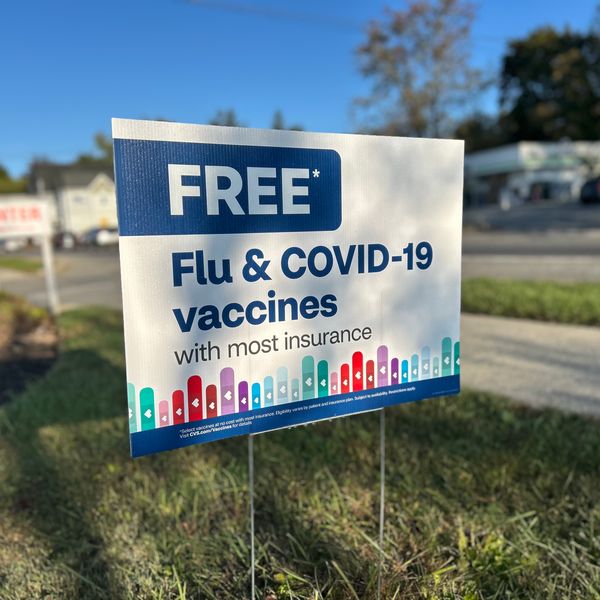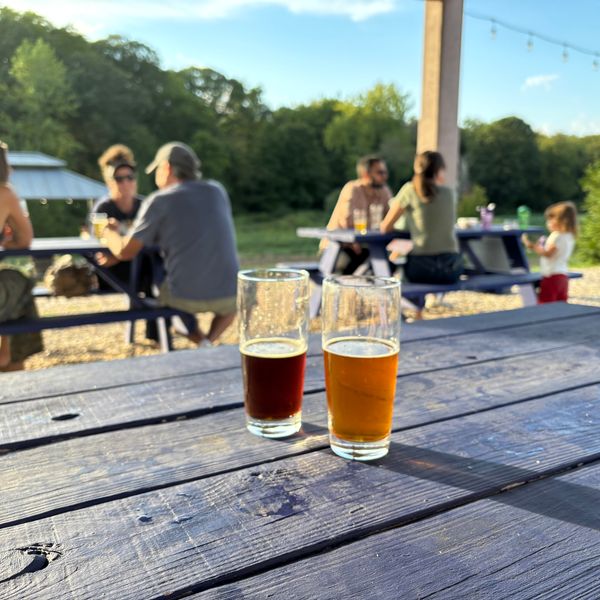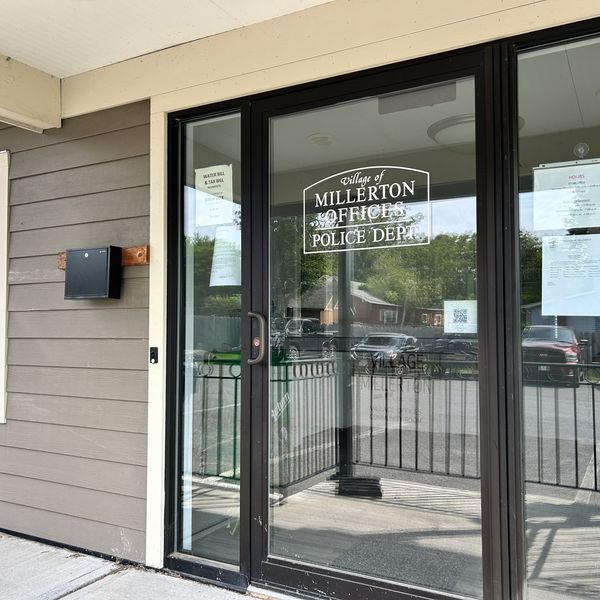Latest News
A view over Candlewood Lake from the Sweetcake Mountain Preserve in New Fairfield.
Provided
The Northwest Connecticut Land Conservancy, the state’s largest land trust and the 22nd largest in the nation by number of lands conserved, announced on Sept. 25 that it has merged with the Candlewood Valley Regional Land Trust, effective Sept. 30.
Commonly referred to as the NCLC, the nonprofit is now responsible for the protection of the Candlewood Valley Regional Land Trust’s (CVRLT) 611 acres of preserved land across Danbury and New Fairfield, adding to its roster of 14,000-plus acres protected across the northwestern portion of the state. The combined organization will continue to operate under the NCLC title, while members from the Board of Directors of CVRLT will sit on a newly formed advisory board called the Candlewood Valley Council.
The move also adds CVRLT’s eight public nature preserves to NCLC’s robust array of conserved lands ranging from hiking areas, working farms, rivers and streams, and habitat for rare and endangered species.
The leadership of both groups championed regional collaboration for effective land protection.
“We are proud to carry forward CVRLT’s legacy and to build an even stronger foundation for regional conservation,” said NCLC Executive Director Catherine Rawson.
CVRLT President Faline Schneiderman affirmed the value of a unified approach: “By sharing resources and expertise, merged organizations have been able to better steward their preserves, expand their reach, and ensure long-term success.”
The groups will celebrate the merger at the NCLC’s annual meeting on Saturday, Nov. 15 from 9:30 a.m. to 11:30 a.m. at the New Fairfield Senior Center Community Room, 33 CT-37, New Fairfield, Connecticut. The meeting will be free and open to the public.
Keep ReadingShow less
Stephanie Januszewski
Crews battled raging flames in the early hours of Sunday, Sept. 28, when an abandoned factory on High Street in Torrington caught fire. At 1 a.m. ladder trucks were deployed around the brick building to contain the fire, an effort which persisted well into daybreak. By 8 a.m., crews had still not entered the building due to unsafe conditions. No injuries were reported. The cause of the fire was unknown. Multiple departments responded from as far as Plainville and residents reported the smell of smoke from miles away. High Street remained closed on Monday with rubble in the road. The building once housed the Hendey Machine Company, which was among the largest employers in Torrington prior to the firm’s closure in the 1950s.
HVRHS junior Michael Gawel moves debris left over from the day’s labor using an excavator provided by his parents’ business, M&M Excavating.
Alec Linden
FALLS VILLAGE— Work has begun in earnest to install a “land lab” for the Agricultural Science and Technology Education department at the Housatonic Valley Regional High School, marking first step in realizing the fruition of a plan that has been well over a decade in the making.
On Monday, Sept. 22, droves of HVRHS students in the ASTE program visited the newly acquired, 2-acre plot of open field and grove-like woodland set just a half mile up Warren Turnpike past the school’s entrance. Up to 20 high schoolers at a time, including a number who labored the whole day, visited the property during their ASTE classes to assist in clearing a lightly forested section of a tangle of brush that has overtaken the understory.
The area is planned to be a native forest management area meant to teach students about the health and maintenance of an ecosystem, but the first step was to make it passable.
“It was a terrible mess,” explained Bruce Bennett, chairman of the ASTE advisory board. Just that morning, the area was an impenetrable “wall of vines and shrubs,” he said while gesturing at the now spacious expanse, partially shaded by a smattering of cigar trees, maples, white pines and cedars. Eventually, the property, which is owned by Eversource Energy but signed for use by the school, is planned to also host plots for horticultural learning and practice, landscape construction learning, a flower garden and shop, a farm-to-table garden, and other uses.
“All day the kids have been chipping, moving branches… ignoring us,” said Megan Gawel with a joking smile as she glanced at her son Michael, an HVRHS junior, who was moving roots and shrub debris with an excavator some hundred yards away.
Megan and her husband Mike run M&M Excavating out of Sheffield, Massachusetts, and had donated their time and equipment on Monday — plus an hour of brush mowing on Sunday — to help the project get up and running. In addition to the excavator, they had brought along a skid steer, a mulcher, brush mower, and a dump truck to move wood chips that will eventually surface an interpretive pathway through the educational woodland.
Along with their son, the family had been at it since 8 a.m., but Megan figured Michael wasn’t too upset about the change of curriculum — “he got a field trip today,” she said with a grin.
Both Megan and Mike are graduates of HVRHS and the ASTE program. Megan was an officer of the school’s FFA chapter, which she said taught her valuable skills that apply as much in meeting rooms as they do in the field.
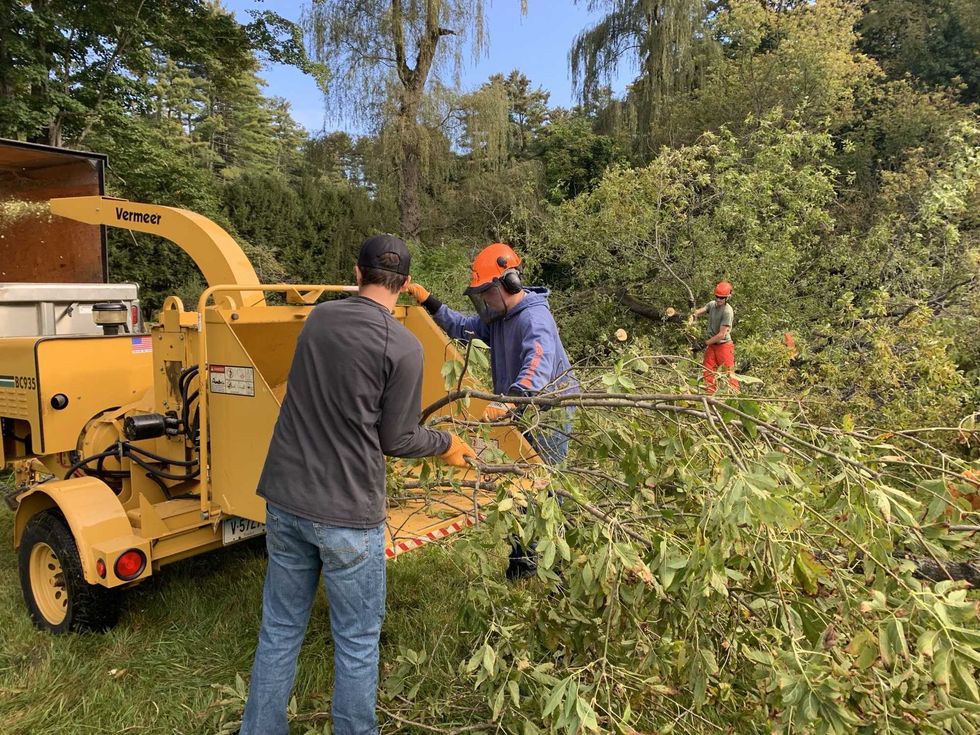
Bennett said the land lab concept was designed to promote the type of hands-on learning that solidifies long-lasting and far-reaching knowledge and teaches real-world problem solving. “We’re trying to create a space where students can experience hands on examples of what they learn in the classroom,” he explained.
“They don’t know what it’s like to plant a row of tomatoes and have it get phytophthora disease.”
The agriculture and technology program, which is over 80 years old and one of only 21 curriculums of its kind in Connecticut, already reaches every student in the school when they take the Life Skills course as freshman, explained ASTE educator Sheri Lloyd, who was present at Monday’s inaugural landscaping project.
She said the new facilities will be a valuable asset to the program’s already formidable offerings, which include a farm-to-table kitchen, mechanics shop, animal care centers, greenhouse, and a forest laboratory. Essentially, it will help the program teach students how to be “informed stewards” of the land, Lloyd explained.
Even on the land lab’s unofficial first day in action, the students are already gaining valuable experience. One student in the ASTE department spent the day cutting problematic trees and branches with a chainsaw – certified by the program, of course. He’s already aspiring to be an arborist, which are “much needed” in Connecticut, said Bennett.
The next step for the property is to seed the forest floor that Monday’s undergrowth exorcism had left bare. This process will be handled by Matt Schwaikert, longtime ASTE advisory board member and graduate of the program himself.
He emphasized that the loyalty of ASTE graduates is its strength. “That’s the best part of this community — always available to help.”
HVRHS Principal Ian Strever came to admire the progress as Mike and Michael cleared the last of the woody debris from the forest floor. “It just adds to what is already a beautiful campus,” he observed.
“This would be impossible without the volunteers,” he said, glancing around at the soil-stained laborers.
Keep ReadingShow less
Brian Ross, left, interviewed Judy Woodruff at the Salisbury Forum Saturday, Sept. 27.
Patrick L. Sullivan
SALISBURY — Judy Woodruff, former anchor and managing editor of the PBS Newshour, said that her fellow journalists do tend to “live in a bubble” and need to get out into the country more, but pushed back on suggestions that national journalists are biased.
Woodruff appeared at the 20th anniversary Salisbury Forum at Salisbury School Saturday, Sept. 27. She was interviewed by Brian Ross, a veteran of television news with ABC News and NBC News (and a member of The Lakeville Journal board).
Ross noted that he and Woodruff broke into national TV news about the same time and invited Woodruff to share some of the story of her career path.
Woodruff said she was working in local TV news in Georgia and got to know Jimmy Carter when he ran for governor.
So when Carter started running for the Democratic nomination for President for the 1976 election, she had what she thought was an inside track
She told her bosses that Carter was worth their attention and was proved correct when he came in second in the New Hampshire primary.
But being the third-string political reporter, she “got knocked off” the campaign but kept hanging around, developing contacts within the Carter team and playing in the softball games between the campaign staff and the press.
It was during one of those games — “I was playing second base” — that she met her husband, Al Hunt.
Between her Carter contacts and consistent pushing on her part she finally landed a job as White House correspondent.
She said it took a while to find her feet. “I had to play catch-up.”
She said the Carter team came to Washington “believing they had the keys to the kingdom.”
Having received minimal help from the Democratic establishment during the campaign, they thought they didn’t need the party’s help in governing.
“It was called the ‘Georgia Mafia.’ Carter relied heavily on his original team.”
Woodruff gave Carter credit for the Camp David agreement between Israel and Egypt, a pact that has lasted to the present day.
Ross asked about left-of-center “groupthink” within the press corps.
“It’s very competitive,” Woodruff said. “You want to get it right, get it better and you’d love to get it first.”
She said she thinks news organizations pay too much attention to the White House “and not enough on the agencies.”
“We have given the White House the ability to set the agenda.”
As to the groupthink, she said “It’s a hothouse environment, no question. I call it a ‘bubble’. We don’t get out in the country enough and talk to people.
“I do think there is a kind of groupthink that sets in,” she continued. “But if everybody else is reporting a story and we don’t…”
Ross asked about the recent defunding of public television and radio, and President Trump’s remarks about “left-wing lunatics.”
“Lumping us in with ‘left-wing lunatics’ is absolutely not true,” said Woodruff.
She said the PBS Newshour is “straight down the middle journalism. It’s in our DNA.”
She said the loss of funding is a problem, and public broadcasting is reacting.
“We are not calling it quits. We are here to serve the American people.”
Ross asked about young journalists who are more familiar with new media such as Tik Tok and podcasts, which are heavy on opinion.
Woodruff said “there’s nothing wrong with having strong feelings but we always need straight factual reporting.”
So when she is asked about what she thinks about a particular issue, Woodruff said her reply is “That’s for others to say. I’m a reporter.”
Keep ReadingShow less
loading




